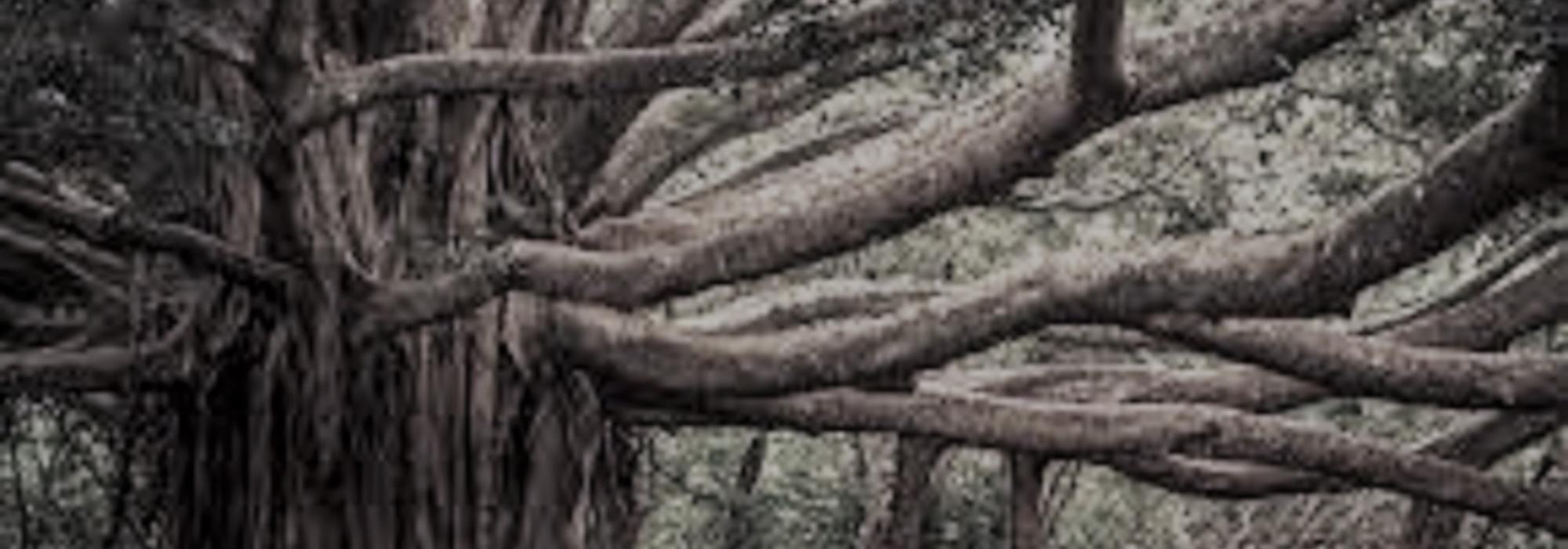17. Asañjātavirodha-nyāya
Interpretation should happen in such a way that there is no room for inconsistencies. Even in treatises which are honest there might be statements which contradict each other. If that happens one of them should be slightly modified to remove such inconsistency. The important premise should drive the secondary premise in this case.
Giving away horses is forbidden. To drive this point home in the vedas an event is narrated. “Prajāpati gave horses to Varuṇa. He contracted a disease called jalodara. He performed a yajña and he was cured.” but in the epilogue there is a sentence, “yāvato'śvān pratigṛhṇīyāt…” which says whoever accepts the horses should undergo prāyaścitta. In the story the person who gave the horses performs prāyaścitta but in the epilogue the acceptor has been prescribed to to prāyaścitta.
Here there is a contradiction. Who is at fault now? Is it the one who gave the horses or the one who accepted them? Here the story has a higher precedence than the epilogue which has been confirmed through other primary sources. So the ‘pratigṛhṇīyāt…’ has to be interpreted as ‘pratigrāhayet’ which means the one who makes someone accept has to undergo the prescribed prāyaścitta. Making someone accept means giving in the first place. So whoever gives should undergo prāyaścitta is the final decision. This removes the contradiction.
18. Asidhārāmadhulehana-nyāya
Asidhārā is the edge of the sword. One should lick the honey which is smeared on it! To describe such an endeavor fraught with extreme risk and paltry reward this nyāya is used. A variation of this is called asidhārāvrata. Not falling into the fetters of desire, not being enticed by bribes etc, leading a life in a lawful and ethical way comes under the realm of asidhārāmadhulehana.
19. Ahibhukkaivartaka-nyāya
Ahibhuk is someone who has consumed copious amounts of opium (i.e. intoxicated). Kaivartaka is a boatman. Someone intoxicated boards the boat. Seeing there are so many people he ties a rope to his leg. When the boatman asks him he says, “There are too many people here. I might get exchanged like bags and slippers so to identify myself I'm tying this rope.” Then he fell asleep due to the intoxication. The boatman just to play mischief untied his leg and instead tied the rope to his own leg. The passenger got up and saw that the rope was on the boatman’s leg. He immediately picked up a fight, “Hey! I’ve become you! I’m the one who has a rope tied to his leg! Give me the oars! I’m the boatman now!”
To describe a fool’s behaviour this nyāya comes handy.
20. Ahṛdayavacasāmahṛdayamuttaram
Heartless words get heartless answers; A piśāca needs to be tackled in its own way. If someone talks without empathy and logic it is apt to answer them in the same way.
21. Aṅgāra-nyāya
Aṅgāra means charcoal. It burns your hand when hot. It soils your hand when it is cold. Likewise bad company is to be avoided in any circumstances. Whether the bad person is doing something or keeping himself quiet, either way he is dangerous. His company would never lead to good results.
22. Aṅgulyagra-nyāya
You cannot touch the tip of a finger using the tip of the same finger! The sharp edge of the sword cannot cut itself! One cannot sit on one’s own shoulders! Eyes which see everything cannot see themselves!
Let's take an example–we see a pen. We realize that it is a pen. If we contemplate further we realize that we have realized that we had a realization of the pen. The second one is the realization of the first realization! Should we accept the second one? Or would the first realization itself realize the second? Is the first realization itself enough? By aṅgulyagra-nyāya we need to accept the second realization too.
If this is unravelled a bit then it is easy for people to use it. People give advice to others but they don’t seem to realize their own follies. A thorn pierces the flesh but not itself!
23. Aṅgulyagre hastiyūthaśata-nyāya
On the tip of the finger there is an army of hundred elephants! When describing and negating impossible and improbable events this nyāya is useful. It suggests a situation which can never be believed. In the treatise ātmatattvaviveka, Udayanācārya gives an example–”An elephant is residing in my ears and it is trumpeting. Please suggest a cure for this!”
24. Antaraṅgabahiraṅgayorantaraṅgavidhirbalīyān
Antaraṅga is something which can be fulfilled by few, it is nearer, easier. Bahiraṅga needs more, its farther. So compared bahiraṅga, antaraṅga takes more precedence. This is a famous rule from grammar.
The same holds in worldly affairs too. A man gets up in the morning, first he tends to his physical needs. Then he tends to his household, then relatives, then friends. Likewise there are tasks which are easy and others which are difficult. If one needs to do these simultaneously one would pick the easier task first. In śāstras too this is utilized while deciding the order.
A poet brings in this nyāya in a charming way in his poem as follows. It is addressed to someone suffering from separation from her beloved–
मन्मथाग्निपरितप्तमनस्के चन्दनं किमनुलिम्पसि बाले ।
किं न वेत्सि बहिरङ्गविधनादन्तरङ्गविधिरेव बलीयान् ॥[O girl! Suffering from the pangs of separation, why do you anoint yourself with sandalwood paste? Don’t you know that the internal rule triumphs over the external ones! ]
Here anointing sandalwood paste is a remedy to the external. The internal situation won’t change because of that. It is better to find a cure to the mind i.e. to reunite with her beloved which brings end to the separation itself. Sandalwood paste would only aggravate the situation.
This is the fourth part of the multi-part translation of the Kannada book "Sandarbha Sukti" by Mahamahopadhyaya Vidwan Dr. N Ranganatha Sharma. Thanks to Dr. Sharada Chaitra for granting us permission to translate this wonderful work. The original in Kannada can be read here














































